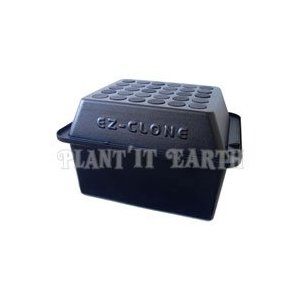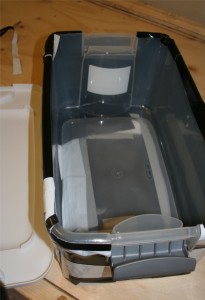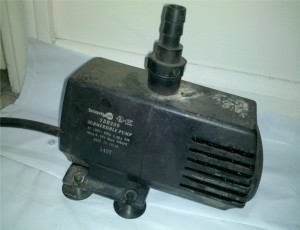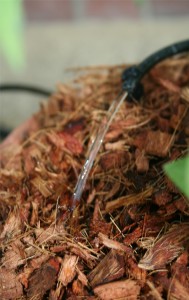What is Better for Your Indoor Garden?
There are a few factors for you to consider when setting up your indoor garden. You must first decide if you are going to be using soil or hydroponics. If you are new to gardening, I suggest starting with soil until you learn the effects of your fertilizer on your plants. If you are growing a variety of plants, I highly recommended starting with soil. You can work your way up to hydroponics by building your own drip system for your indoor garden.
Read the Introduction to Drip Systems and then come back here. If you are ready for hydroponics read this: Guide: Circulating Drip System and then come back.
Benefits of Container Gardening
-Easy to get started
-Easy to maintain
-Little gardening knowledge required
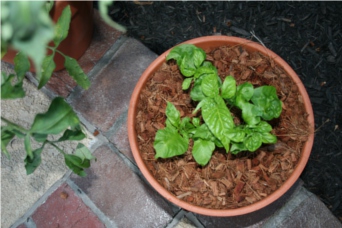
Modifying the Circulating Drip System for Soil Container Gardens
To make the Circulating Drip System into a regular drip system for your container garden, you will just need to take the containers off the reservoir and into a Drain Table. There is a guide for building a homemade drain table here. It is for small plants, if you fill it with large containers it will tumble over. For bigger containers, you can buy a strong drain table or just sit them on something you can drain every day.
Benefits of a Hydroponics Garden
-Higher Yields
-More control of what goes into your plants
-Automation
